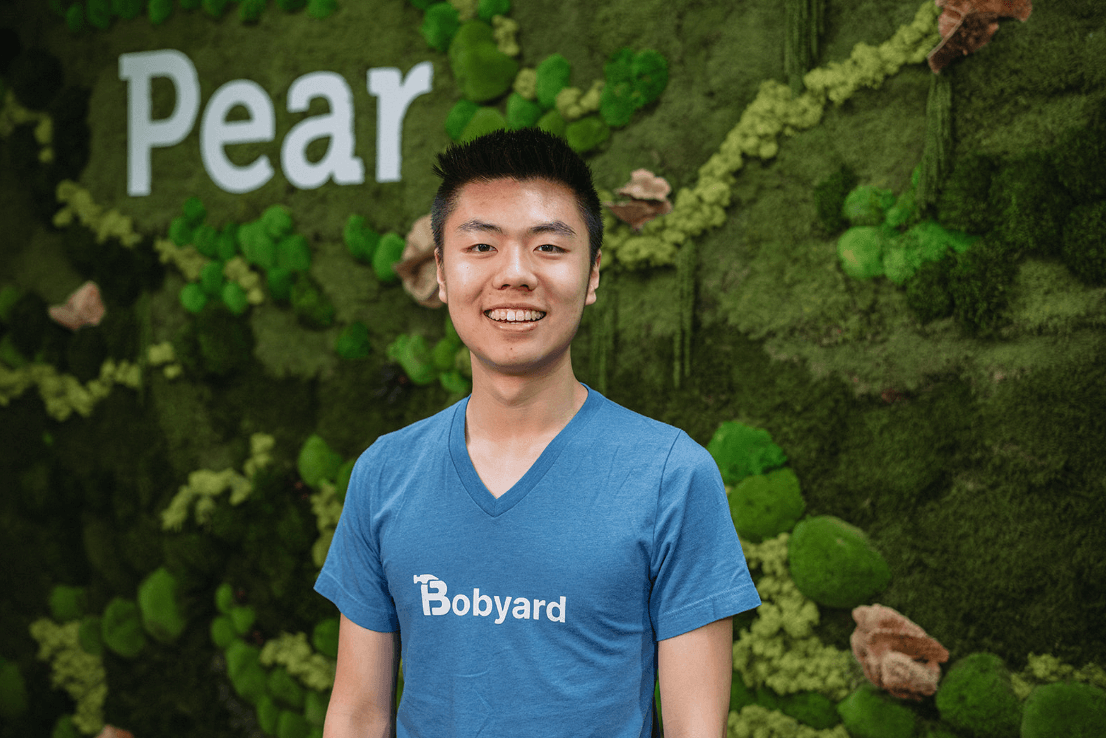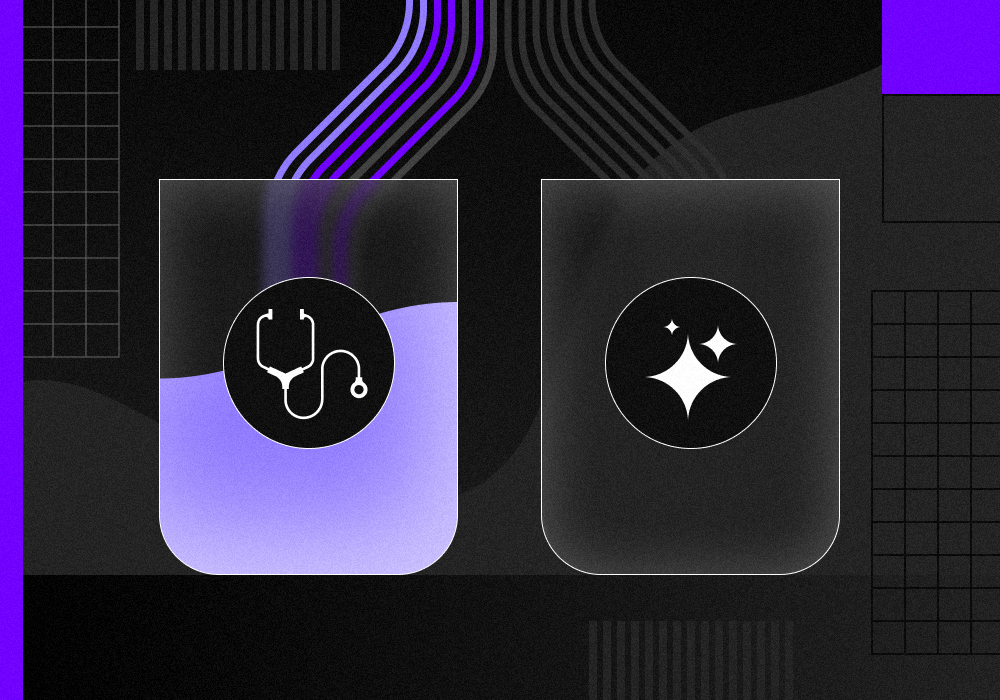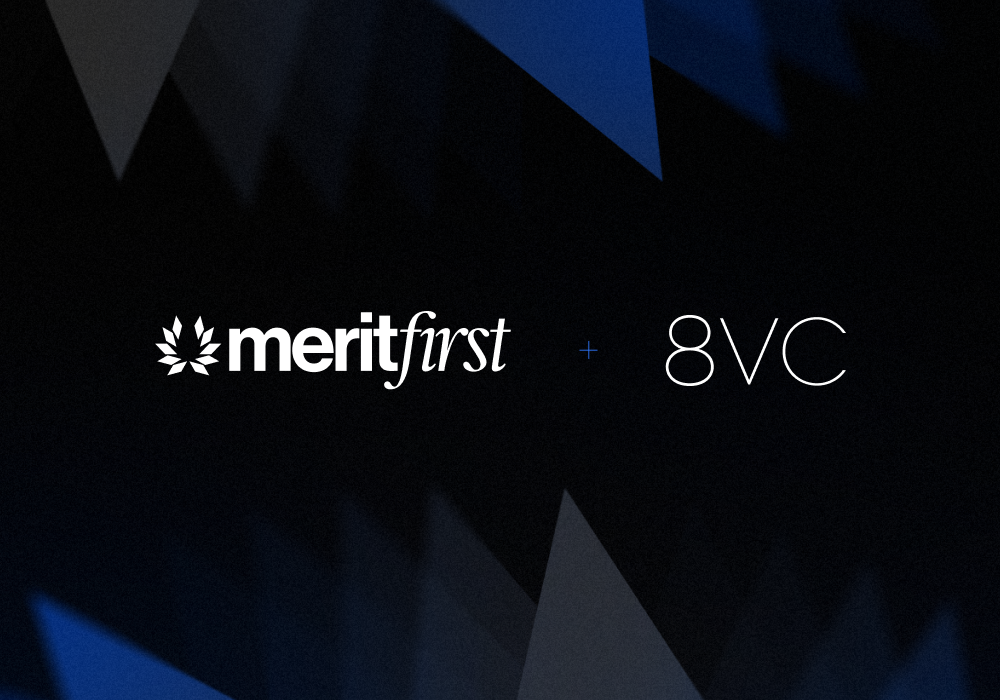The latest from 8VC
We’re proud to announce our support of Bobyard: as lead investors in their $35mm Series A and as partners pursuing an American building renaissance.
The building trades turn design into reality, are integral to our civilization, and remain vastly underserved by technology. The chart below tells the story: US labor productivity has nearly tripled since 1950, while construction has flatlined, and then declined. This creates a natural win-win opportunity: the trades need modern tools, and Silicon Valley needs meaningful, real-world missions.

Bobyard addresses a defining challenge of construction: adding intelligence to plans and drawings in order to build faster. This requires pushing the state of the art forward – clever applications of existing AI aren’t enough. Bobyard is a deep talent bet, conducting foundational computer vision research and solving problems not well-articulated in literature today.
Specifically, Bobyard brings previously unheard-of speed and accuracy to takeoff (calculating material, labor, and equipment quantities from project plans) and estimation (using those quantities to assign costs and create project bids). Drawings are the source of truth for every project, but they're inconsistent & non-standard, hard to interpret, and prone to errors that compound as they pass from GCs to subs.
Conventional takeoff + estimation requires headcount, and takes hours, often days, to complete. For smaller firms, this means stretched employees juggling too many hats; for larger ones, it caps bid volume and growth. Bobyard resets the timeline by optimizing for what modern AI does best (counting materials; extracting structured information; synthesizing data into decisions) and what humans do best (coordinating with subs and GCs; high-end labor; customer relationships).
Bobyard's first focus is commercial landscaping, one of the toughest trades for takeoff and estimation. These drawings are dense and non-standard: planting sheets can include thousands of shrubs across dozens of species, with arbitrary symbols that vary from project to project. Estimators have traditionally placed color-coded dots on each item by hand, tracing polygons for sod, mulch, and pavers, measuring irrigation lines, and plugging it all into spreadsheets.
Bobyard replaces that workflow entirely. Contractors upload a PDF, select a legend, run analysis, and receive takeoff quantities in seconds. Under the hood, the platform runs dozens of proprietary computer vision models simultaneously—symbol counting, linear measurement, area detection, text parsing—each built from scratch and optimized for construction drawings. First-run accuracy exceeds 95%+ and automates 90%+ of the task, with fast inference times. Results are displayed visually for instant review, editing, or adjustment, keeping users in control.
The platform also handles the full estimation workflow: material costs, labor, customizable templates, and flexible export formats. Historical costs, vendor quotes, and completed assemblies are stored and organized for easy querying, replacing the paper-chasing that's long defined document management in the trades.
The results speak for themselves: Bobyard customers see a 50–70% reduction in takeoff time, submit 5x more bids per estimator, and unlock an average of $1.1 million in additional revenue per employee annually.
Customers like Chopper Landscaping project manager/estimator John Barrett immediately see fewer mistakes, more accurate quantities, and more consistent margins. These advantages add up quickly, helping contractors win more bids, prevent costly change orders, and increase revenue an average of 27%, with no additional headcount.
Bobyard has scaled to hundreds of customers, with thousands more in sight. Contractors stay because the product automates their most tedious work, slashes errors, and frees them to spend time where it matters: onsite and with clients. Superusers log 30+ hours a week on the platform, and Bobyard has become their core workspace.
From landscaping, Bobyard will expand to framing, mechanical, electrical, plumbing, drywall, and more. The playbook mirrors Bedrock, another 8VC investment: win the hardest problem first, then use that technical and operational edge to scale across verticals. Each new trade is a greenfield opportunity, and a chance to compound network effects between subs and GCs.
At 8VC, we've long believed that building well is a moral responsibility. "The world is broken. Let's fix it" is both a practical and aesthetic commitment: elevated spaces and elevated ideals are inseparable. As people who've built homes, offices, and a university, we've wanted a platform like Bobyard for years. Early in the AI wave, we explored building something ourselves, but CV capabilities weren't ready, and we hadn't yet found the right leader.
Then we met Michael Ding: a mathematician, scholar of history, and one of the youngest students to complete Stanford's advanced AI coursework. He obsesses over details that conceal enormous value, and he's assembled a team of CV PhDs, top-tier engineers, and high-performing salespeople that rivals the best AI companies.

This funding will allow Michael and the Bobyard team to advance their models, deepen landscaping capabilities, and expand into new trades. What's needed now is talent to match these ambitions. If you're passionate about solving hard problems at the intersection of AI and the physical world, Bobyard is hiring in engineering, sales, and customer success. And if you're a contractor ready to transform how you bid and build, you can see it for yourself.
By mastering the critical stages between design and dirt, Bobyard is helping to reverse a 70-year productivity decline, and proving that the trades and technology can move forward together.
From Plans to Progress: Announcing the 8VC-Bobyard Partnership
.png)
From Plans to Progress: Announcing the 8VC-Bobyard Partnership
.png)

Drew Oetting On Building An $8 Billion Venture Capital Firm To Invest In Startups That Are Fixing Our Broken World
Drew Oetting is one of the biggest forces providing the financial fuel this new generation of fast-growing, super-sized startups need to make it. His venture capital firm, 8VC, has invested in startups like Unlearn, Chaos, Tome, and Ushur.
The AI Wave
Since the advent of Silicon Valley, we’ve seen six major technological waves: “Electronic Tools,” “Semiconductor,” “Enterprise,” “Telecom,” “Consumer”, and “Smart Enterprise.” We can now add a seventh: AI Applications & Services.
A Vision for Healthcare AI in America
In a few short years, AI has revolutionized software engineering, writing, and entertainment. Waymo’s autonomous fleet now captures over 27% of rideshare trips in San Francisco, and self-driving Teslas on American streets are multiplying at breakneck speed. Everything, even the DMV, seems to be getting better and faster with AI.
Apollo and 8VC Partner to Accelerate the Next Wave of American Industrial Innovation
Apollo and 8VC Announce a Strategic Partnership to Accelerate the American Industrial Renaissance
From Credentials to Credibility: Introducing MeritFirst
Meritocracy is the essence of the American Dream, but in reality, it’s much easier for employers to spot prestige than proficiency. That’s why we’re building MeritFirst with Sam Lessin and Zack Ganieany, and helping a fast-growing community of top companies systematically assess real-world ability.


.png)


.png)



.jpg)




